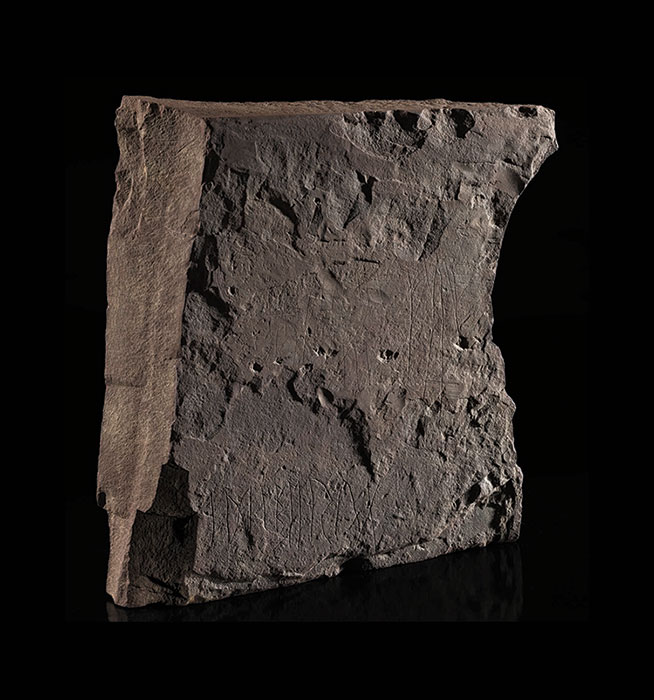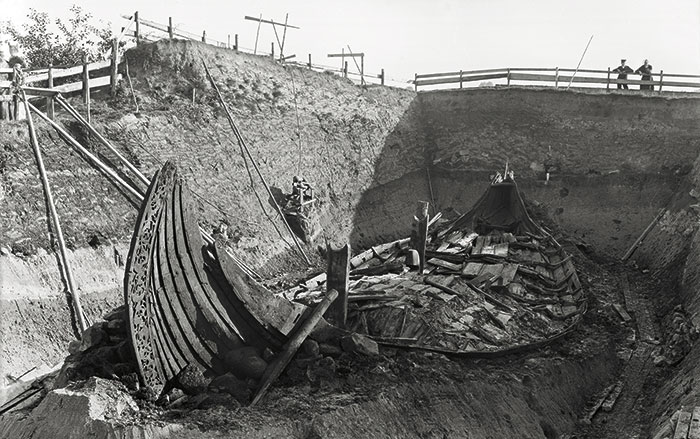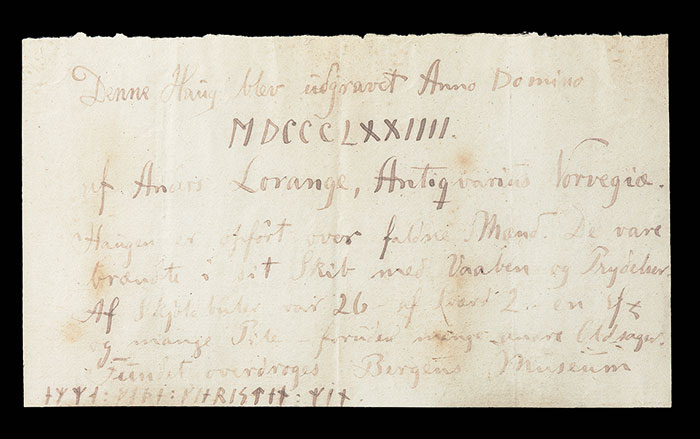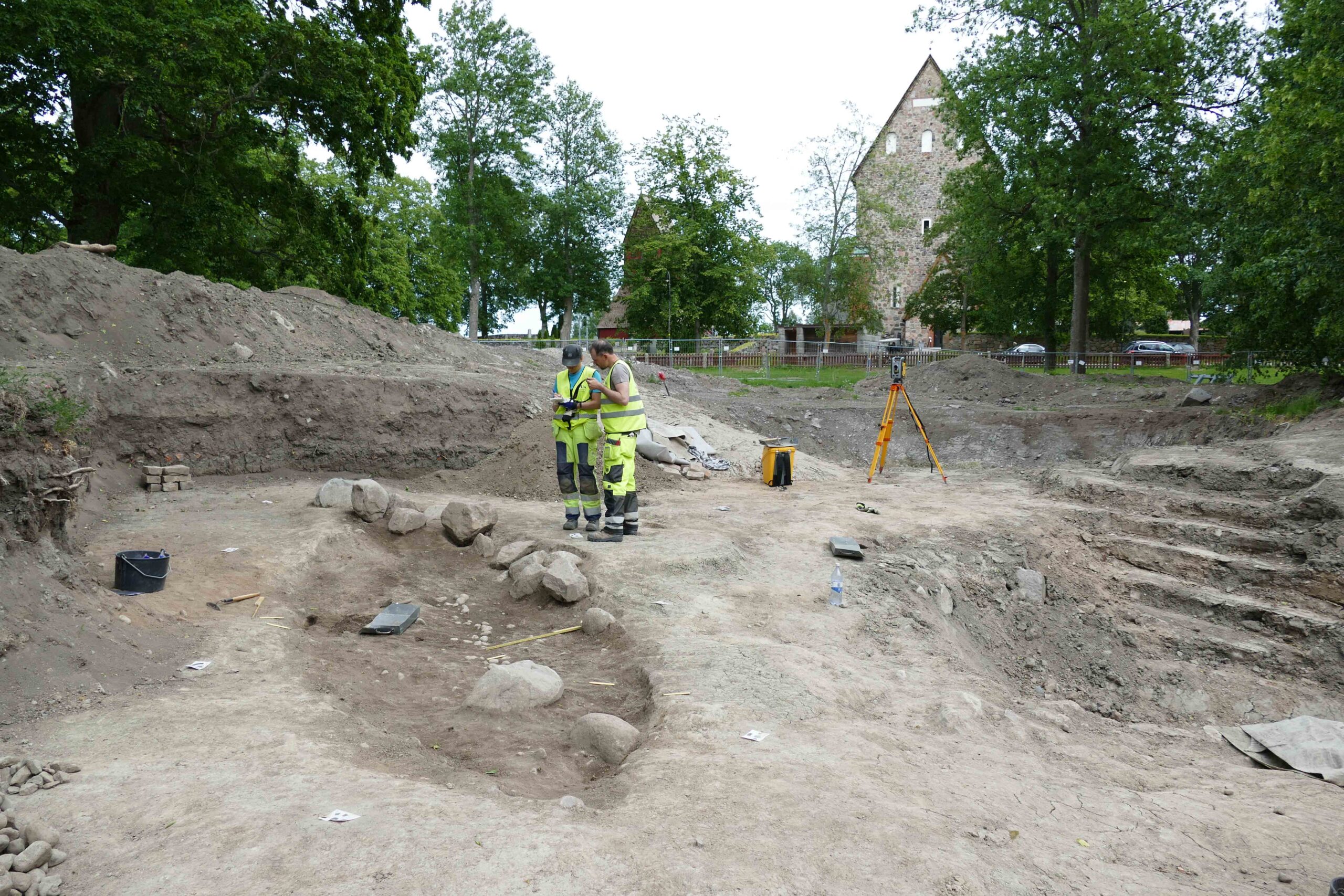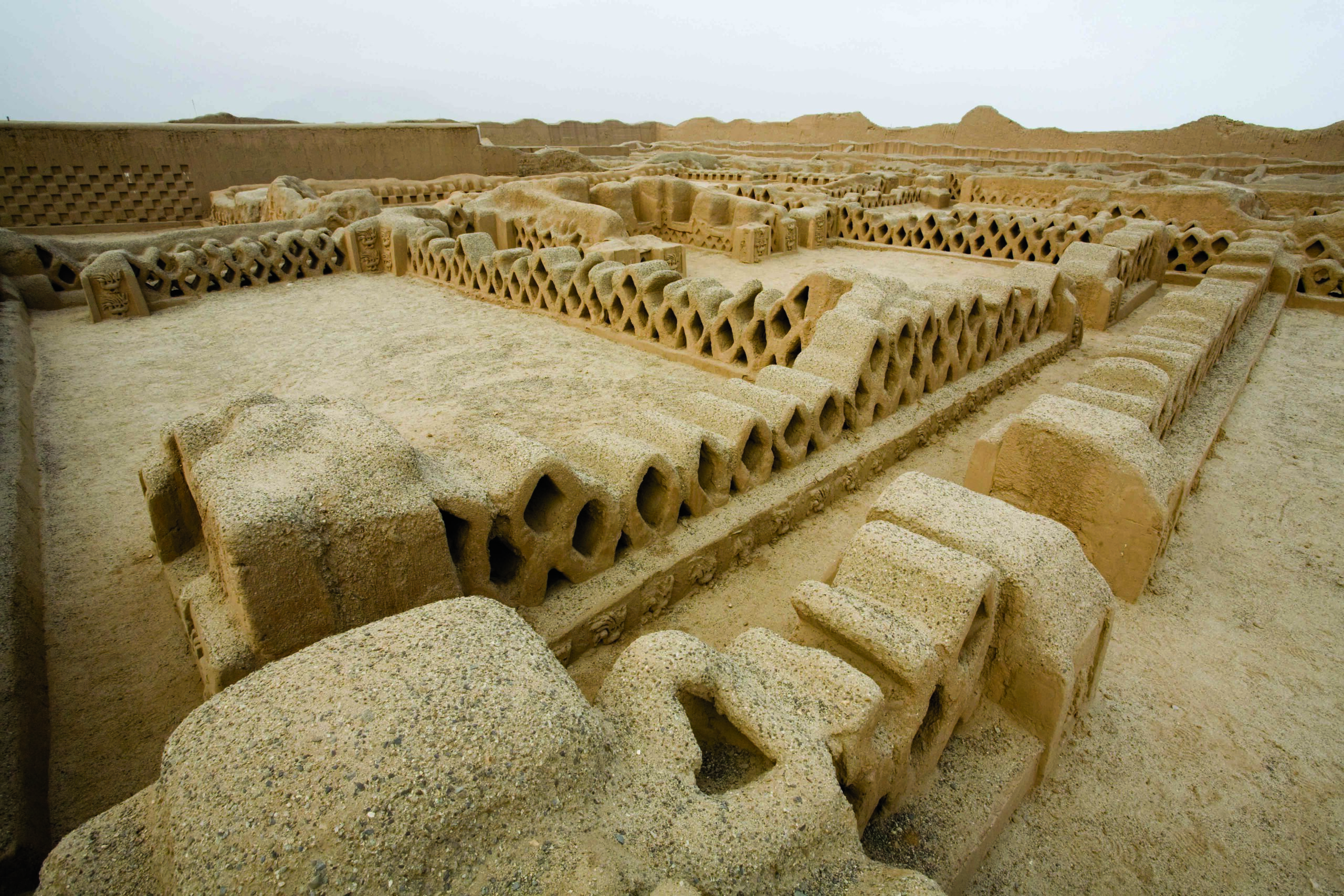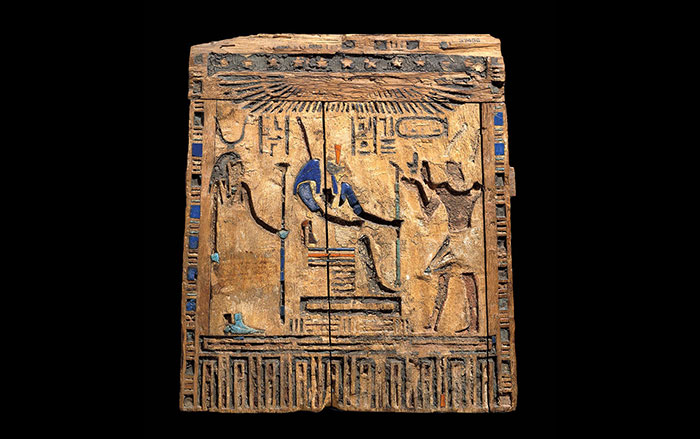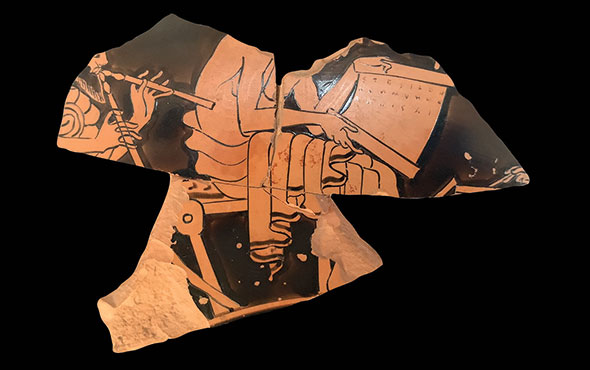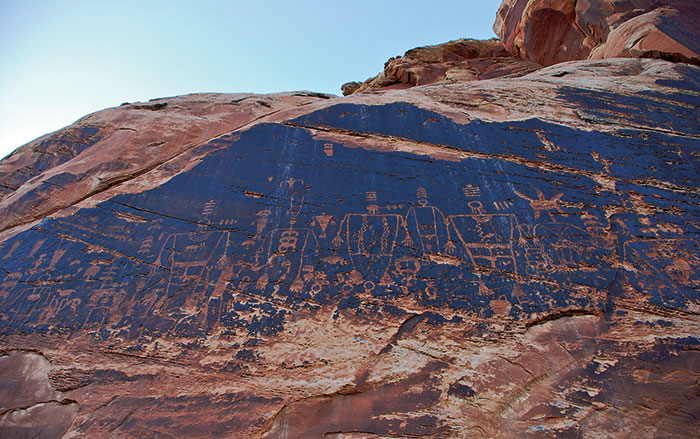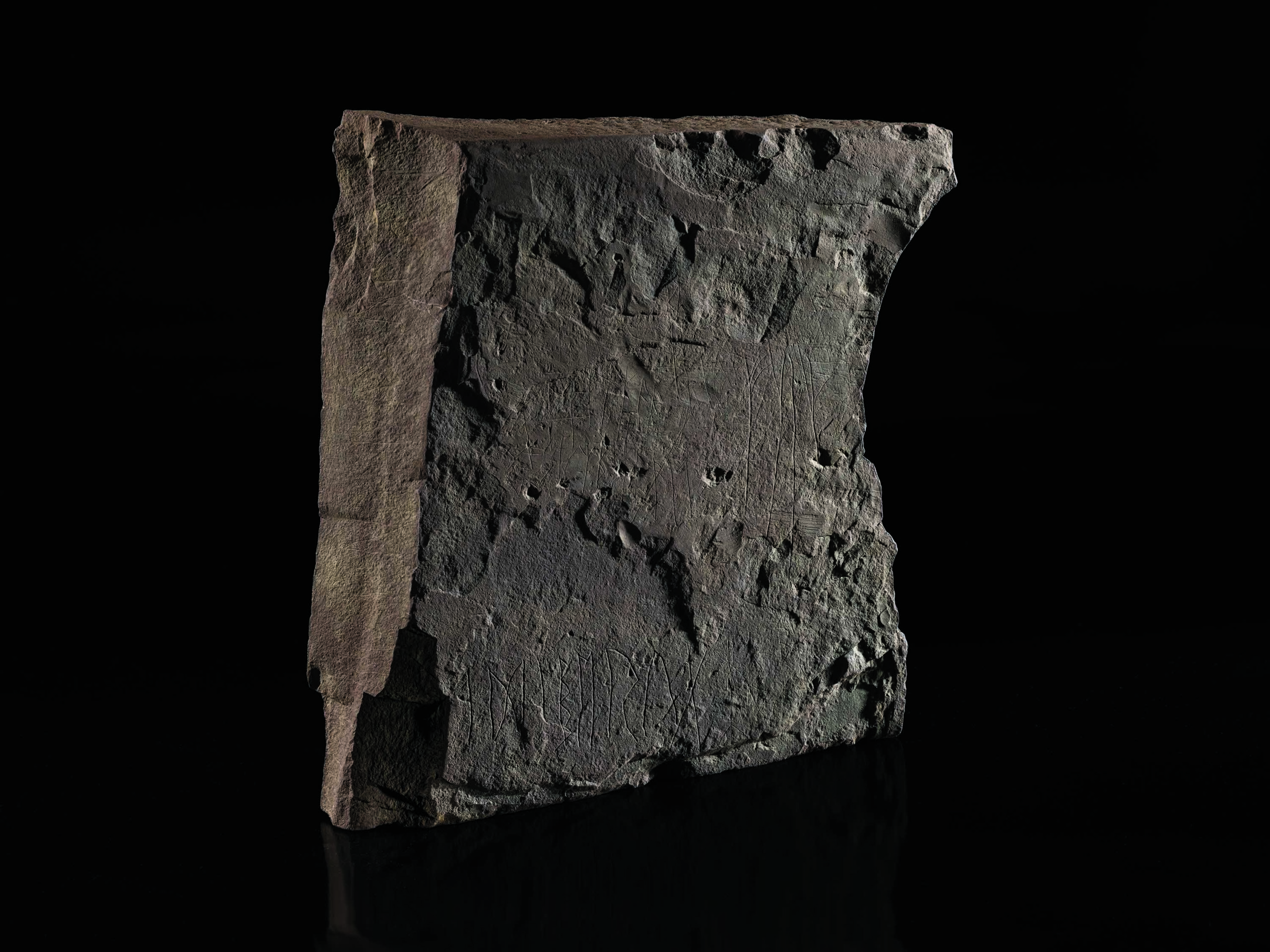
Lying in the path of a road construction project near Svingerud farm in southeastern Norway was a cremation pit that contained what at first seemed to be an utterly ordinary mud-smeared chunk of sandstone. When archaeologists cleaned the stone and it had dried, a series of shallow runic inscriptions became visible. The grave has been radiocarbon dated to between A.D. 25 and 250, making the artifact the oldest known runestone. Some of the inscriptions are in the 24-character Elder Futhark writing system, which was used until around A.D. 700, when it was replaced by the 16-character Younger Futhark system that was used during the Viking Age (A.D. 800–1050). Many of the inscriptions are a mixture of scribbles, says Kristel Zilmer of the Museum of Cultural History at the University of Oslo. One may be a woman’s name, Idiberug. However, Zilmer says that many of the inscriptions don’t make sense and some may just be decorative.



